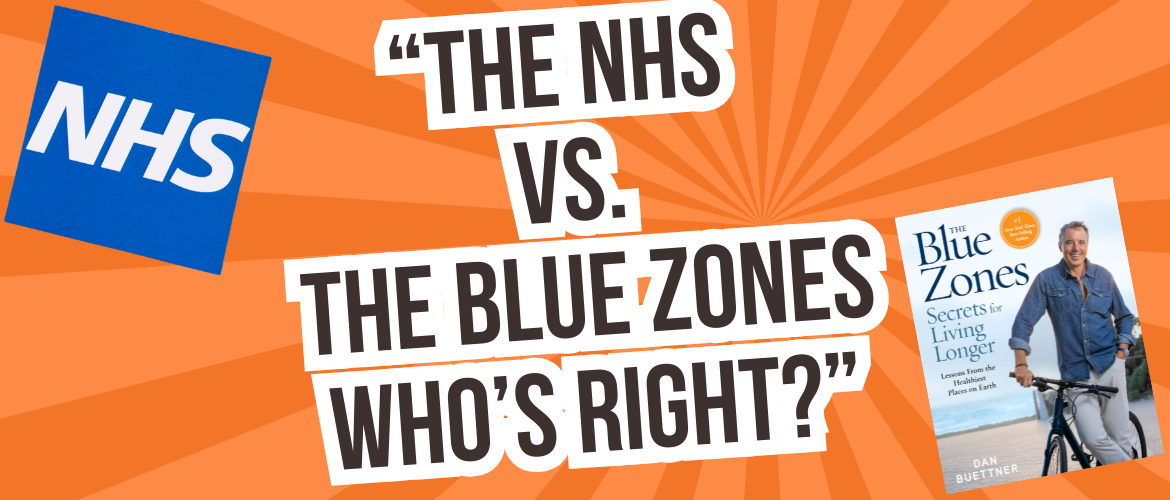GET IN TOUCH TODAY!
"*" indicates required fields

When it comes to health and fitness, people often ask: How much exercise do I really need? In the UK, the answer is often framed by the NHS physical activity guidelines, while around the world, researchers have looked at the Blue Zones—the communities where people live the longest and healthiest lives. Both offer valuable insights, but they come from very different places.
The UK Chief Medical Officers, building on research from the World Health Organisation, recommend that adults aged 19–64 should aim for:
These guidelines are designed to be achievable and measurable. They give people a clear baseline—a minimum dose of activity to reduce risks of heart disease, type 2 diabetes, obesity, some cancers, depression, and premature death. For the majority of the population, simply reaching these numbers would be life-changing.
The Blue Zones—Okinawa (Japan), Sardinia (Italy), Nicoya (Costa Rica), Ikaria (Greece), and Loma Linda (California)—are home to the highest concentrations of centenarians. What’s striking is that almost none of these people exercise in the modern sense. Instead, they move naturally and constantly throughout the day:
But movement is just one piece of the puzzle. Researchers have identified nine common factors across all Blue Zones—known as the Power 9:
For more on these principles, check out The Blue Zones book by Dan Buettner and the Netflix documentary Live to 100: Secrets of the Blue Zones.
Both are valuable: the NHS guidelines are essential as a clear, science-backed baseline for the population, while the Blue Zones offer inspiration for what long-term, integrated health looks like. Together, they give us both the science and the lifestyle to thrive.
For most people in the UK, hitting the NHS baseline is the first step. It’s realistic, measurable, and achievable for beginners. But the bigger lesson from the Blue Zones is this: the more you can integrate natural movement and healthy lifestyle principles into daily life, the better.
That might mean:
When movement and healthy living stop being a chore and become part of how you live, you’re not just exercising—you’re investing in a longer, healthier, and more meaningful life.
Reflect on your week and see how close you are to the NHS guidelines. Then try adding one Blue Zone habit, such as more walking or eating more plant-based meals.
Subscribe to the Storm Fitness Academy blog and podcast for more insights into how science, lifestyle, and coaching come together to help clients achieve lasting results.
If you’re interested in one of our courses, check them out and get in touch via the form below if you’d like some friendly advice.
"*" indicates required fields